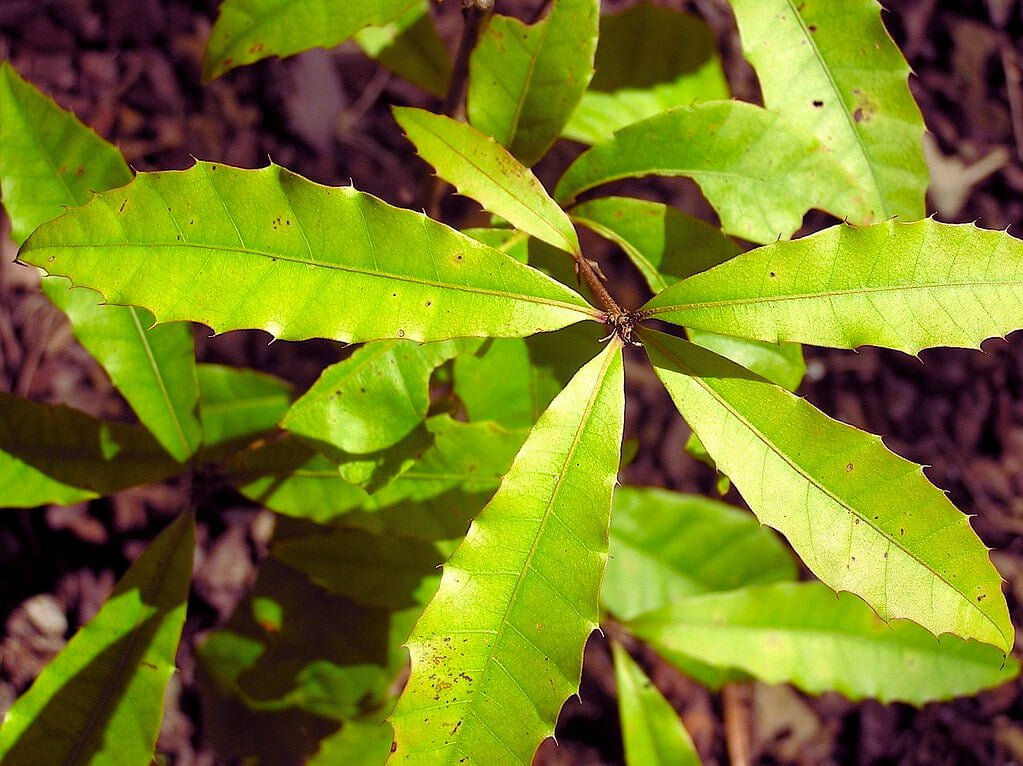
Quercus Sartorii and Planting: A Comprehensive Guide
Introduction
Gardening and landscaping enthusiasts know that selecting the right tree species can make all the difference in creating a beautiful and ecologically balanced outdoor space. One such remarkable tree is Quercus Sartorii, also known as Sartori’s oak. In this extensive guide, we will take an in-depth look at Quercus Sartorii and explore the art of planting and caring for these majestic trees. From understanding the fundamentals to advanced tips, we’ve got you covered.
Understanding Quercus Sartorii
What is Quercus Sartorii?
Quercus Sartorii, scientifically known as Sartori’s oak, is a species of oak tree native to the enchanting landscapes of Mexico. It belongs to the illustrious Fagaceae family and stands out not only for its ecological significance but also for its stunning appearance. Let’s dive into the unique features that make Quercus Sartorii a favorite among gardeners and landscapers alike.
The Unique Features of Quercus Sartorii
- Distinctive Leaves: Quercus Sartorii boasts elongated, lance-shaped leaves with delicately serrated edges. These leaves not only provide an elegant aesthetic to your landscape but also contribute to the tree’s ecological value.
- Bark and Trunk: A Quercus Sartorii tree is characterized by its gray and furrowed bark, which adds character to its overall appearance. The trunk is sturdy and can reach impressive heights, creating a commanding presence in any garden.
- Acorns: As with all oak species, Quercus Sartorii produces acorns. These small but valuable nuts serve as a crucial food source for a variety of wildlife, making the tree an essential contributor to the local ecosystem.
Planting Quercus Sartorii
Choosing the Right Location
Before embarking on the journey of planting a Quercus Sartorii tree, it’s vital to select the perfect location. Consider the following factors to ensure your tree thrives:
Soil Conditions
Quercus Sartorii thrives in well-draining soil. Conduct a soil test to determine the pH level and nutrient content of your soil, making any necessary amendments.
Sunlight Requirements
These magnificent trees flourish in full sunlight. Ensure the chosen location receives a minimum of 6-8 hours of direct sunlight each day to encourage healthy growth.
The Planting Process
- Prepare the Soil: Begin by digging a hole that is approximately twice the size of the tree’s root ball. Incorporate organic matter into the soil to enhance its fertility.
- Planting Depth: Place the tree in the hole at the same depth it was in the nursery container. Ensure that the root flare, where the roots meet the trunk, is slightly above the soil surface.
- Watering: After planting, water the tree thoroughly to settle the soil and eliminate any air pockets that may have formed.
- Mulching: Apply a generous layer of mulch around the base of the tree. Mulch helps retain soil moisture, suppresses weed growth, and provides insulation against temperature fluctuations.
Caring for Quercus Sartorii
Once your Quercus Sartorii is established, ongoing care is essential to ensure its continued health and vitality.
Regular Watering
During the initial years, it’s crucial to keep the soil consistently moist. As the tree matures, it will become more drought-tolerant.
Pruning and Shaping
Periodic pruning is necessary to remove dead or damaged branches and to shape the tree according to your desired aesthetic. Pruning also promotes air circulation and reduces the risk of disease.
Fertilization
To encourage robust growth, apply a balanced, slow-release fertilizer in the spring. This will provide essential nutrients that support the tree’s overall health.
Benefits of Quercus Sartorii
Planting Quercus Sartorii in your landscape offers a wide range of benefits, both aesthetic and ecological:
- Aesthetic Beauty: The unique leaves and striking appearance of Quercus Sartorii make it a centerpiece in any garden or park, enhancing its visual appeal.
- Wildlife Habitat: The acorns produced by Quercus Sartorii are a magnet for wildlife, attracting various species and contributing to the local ecosystem.
- Shade and Cooling: As the tree matures, it provides ample shade, creating a cooler and more comfortable outdoor environment. This can lead to energy savings by reducing the need for air conditioning.
- Carbon Sequestration: Like all trees, Quercus Sartorii plays a role in mitigating climate change by absorbing carbon dioxide, making it an environmentally friendly choice.
Conclusion
In conclusion, Quercus Sartorii is a remarkable tree species that offers both aesthetic beauty and ecological benefits to any landscape. By following the planting and care guidelines outlined in this comprehensive guide, you can ensure the successful growth and longevity of your Quercus Sartorii tree. Whether you are a seasoned gardener or a novice, the addition of this magnificent oak to your outdoor space is a rewarding endeavor.
FAQs
1. Can I plant Quercus Sartorii in a container?
Yes, you can plant Quercus Sartorii in a large container, but make sure the container provides ample space for root growth.
2. How fast does Quercus Sartorii grow?
Quercus Sartorii is a slow-growing tree, gaining approximately 12 inches in height per year. Patience is key when cultivating this species.
3. Are Quercus Sartorii trees prone to diseases?
While generally hardy, Quercus Sartorii can be susceptible to oak-specific diseases. Regular inspections and proper care can help prevent and address any potential issues.
4. When is the best time to plant Quercus Sartorii?
Fall and early spring are ideal times to plant Quercus Sartorii. This allows the tree to establish its root system before facing extreme weather conditions.
5. Can I use Quercus Sartorii wood for woodworking projects?
Yes, the wood of Quercus Sartorii is prized for its strength and attractive grain patterns, making it suitable for various woodworking projects. It is a valuable resource for craftspeople and artisans alike.